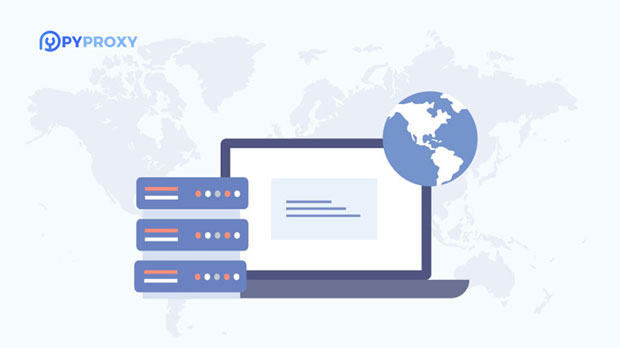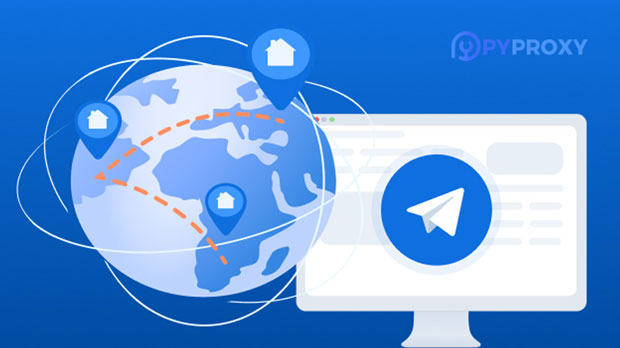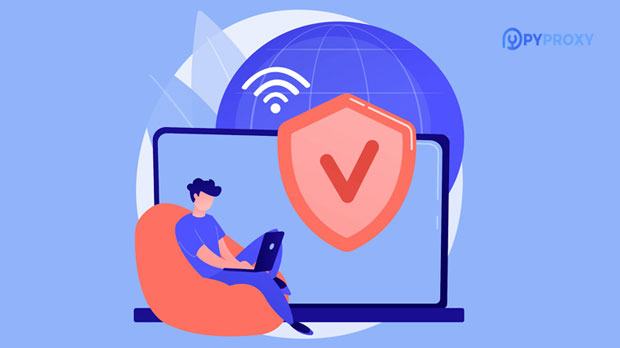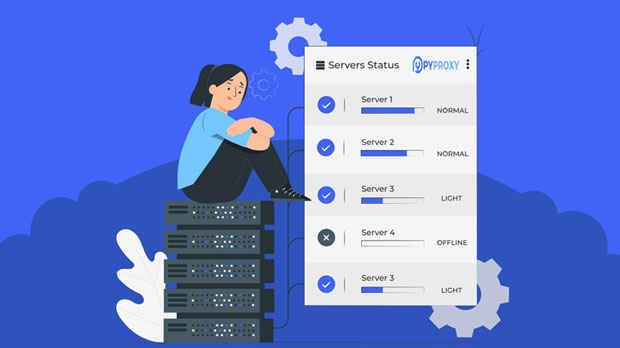When purchasing a socks5 proxy online, ensuring its security and reliability is crucial. A reliable SOCKS5 proxy can help protect your privacy, prevent data breaches, and ensure safe online activities. However, with the rise of fake or unreliable proxy providers, it is essential to know how to evaluate and choose a trustworthy service. This article will delve into the factors you must consider to ensure the proxy service you are purchasing meets security standards and offers the reliability you need. From researching providers to evaluating service quality, we will cover essential aspects for a secure and dependable SOCKS5 proxy. Understanding sock s5 proxies and Their RoleBefore diving into how to ensure the security and reliability of SOCKS5 proxies, it is important to understand what they are and how they function. SOCKS5 proxies are a type of internet protocol that act as intermediaries between your device and the websites you visit. They help mask your IP address and can bypass geographical restrictions, allowing you to surf the web anonymously. Unlike HTTP proxies, SOCKS5 proxies support all kinds of traffic, including HTTP, FTP, and even peer-to-peer connections, making them versatile and useful for various online tasks.However, because a SOCKS5 proxy routes your traffic through a third-party server, choosing a trustworthy provider becomes paramount. A poor-quality proxy service may compromise your privacy, expose you to malicious activity, or lead to slower internet speeds.Key Factors to Consider When Choosing a SOCKS5 ProxyTo ensure the security and reliability of a SOCKS5 proxy service, you should consider several key factors:1. Reputation and ReviewsThe first step in choosing a reliable SOCKS5 proxy is to research the provider’s reputation. Look for reviews, testimonials, and ratings from independent sources to understand the experiences of previous customers. Reputable providers often have positive feedback and a proven track record of delivering secure and reliable services. If a provider has numerous complaints about security issues, connection reliability, or slow speeds, it is a red flag.2. Encryption and Security ProtocolsSecurity should always be a top priority when selecting a SOCKS5 proxy. Make sure that the provider implements robust encryption methods, such as SSL/TLS encryption, to protect your data while it is being transmitted. Additionally, check if the proxy supports features like IP authentication, which can further safeguard your connection.Without proper encryption, your internet activities may be vulnerable to man-in-the-middle attacks, where hackers intercept your data. A good provider will offer advanced security measures to ensure that your connection remains private and protected.3. No-Log PolicyA reputable SOCKS5 proxy provider should have a strict no-log policy. This means they do not store any information about your browsing history, IP address, or online activities. Some proxy providers may log your data for advertising or other purposes, which could compromise your privacy. Therefore, it is essential to verify that the provider you choose does not keep logs, or if they do, that they follow strict guidelines on data storage and handling.A no-log policy ensures that your data will not be exposed to third parties or law enforcement without your consent.4. Location and JurisdictionThe country where the SOCKS5 proxy provider is based can play a significant role in your privacy and security. Some countries have strict data retention laws, which may force providers to store customer data or hand it over to authorities if requested. Therefore, it is advisable to choose a provider based in a country with strong privacy protections and lenient data retention laws.Additionally, check the server locations offered by the provider. A diverse range of server locations ensures that you can easily bypass geographical restrictions and access content from various countries.5. Speed and PerformanceWhile security is essential, it is also important to consider the speed and performance of the SOCKS5 proxy. Slow proxies can negatively impact your online experience, especially if you plan to use the proxy for activities such as streaming, gaming, or large file transfers. Before committing to a provider, test the proxy’s speed and ensure it meets your needs.Reliable proxy services should offer stable and fast connections with minimal downtime. Providers that offer a trial period or a money-back guarantee allow you to test the service before making a long-term commitment.6. Customer Support and AssistanceGood customer support is vital when dealing with any online service. In case of issues with your SOCKS5 proxy, a responsive customer support team can help resolve problems quickly. Ensure that the provider you choose offers 24/7 customer support via multiple channels, such as live chat, email, or phone. Reliable customer support can assist with troubleshooting connectivity issues, setting up the proxy, and answering any security-related concerns.7. Compatibility with Your Devices and SoftwareCheck if the SOCKS5 proxy is compatible with your devices and software. The proxy should work seamlessly with popular operating systems such as Windows, macOS, Linux, and mobile platforms like Android and iOS. Furthermore, make sure it integrates smoothly with the software or applications you intend to use it with, such as browsers, torrent clients, or gaming platforms.Some proxies may require additional configuration or installation of special software, so ensure that the setup process is straightforward and well-documented.8. Price and Payment OptionsWhile the price of a SOCKS5 proxy can vary significantly depending on the provider and the features offered, it is essential to find a balance between cost and quality. Avoid extremely cheap proxy services, as they may compromise security, performance, or reliability. On the other hand, premium providers may offer better service but at a higher price.Many SOCKS5 proxy providers accept a variety of payment methods, including credit cards, cryptocurrencies, and PayPal. Choose a payment method that is secure and offers a level of anonymity if privacy is important to you.Ensuring the security and reliability of the SOCKS5 proxy you purchase is essential for safeguarding your privacy and protecting your online activities. By considering factors such as reputation, encryption, no-log policies, location, speed, customer support, compatibility, and pricing, you can make an informed decision and choose a trustworthy provider.Remember that a reliable SOCKS5 proxy not only keeps your data secure but also enhances your internet experience by providing fast and unrestricted access to content. Therefore, take the time to thoroughly research potential providers and select the one that best meets your needs.
Mar 25, 2025
![arrow]()




























































